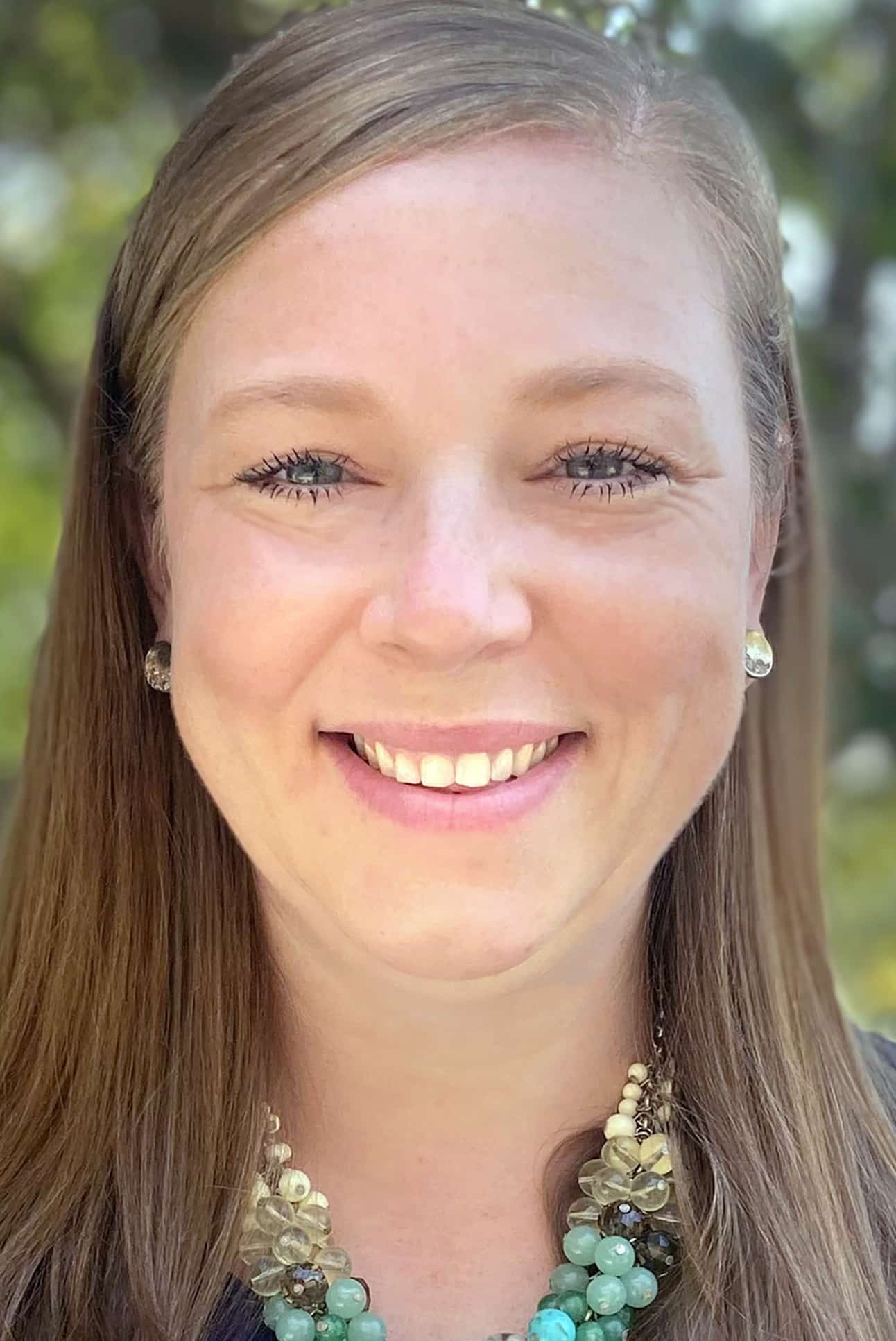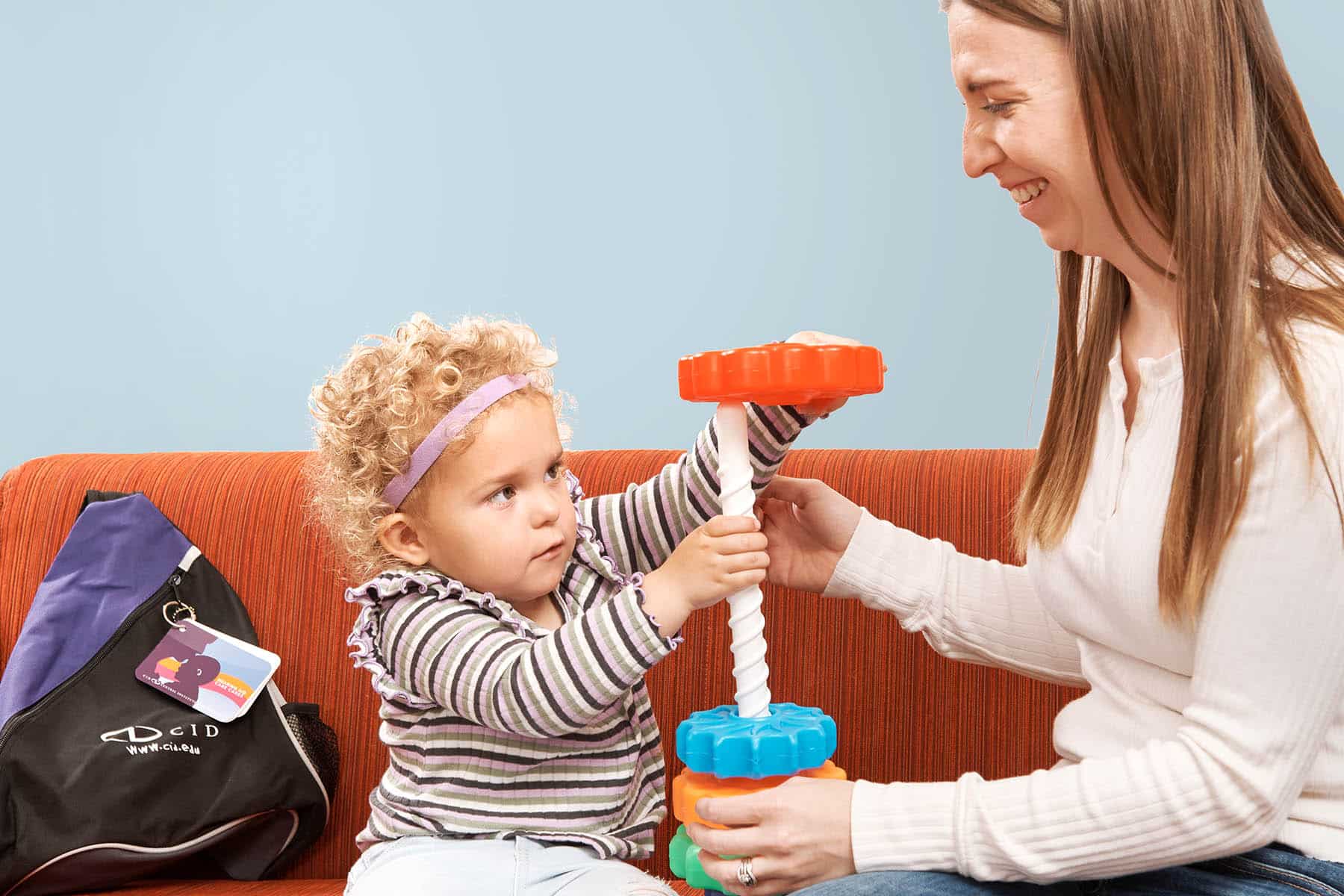Coaching parents is one the best ways to bridge the gap between home and school. It not only builds relationships with parents, but it provides the necessary tools to promote language, vocabulary and speech development at home. (*Although coaching sessions may be conducted with either parents or caregivers, in this blog post the term “parents” will be used.)
Whether you have parents that have participated in early intervention since birth or are stepping into a classroom for the first time, coaching preschool-aged children can have a critical impact on the students’ development.
Here are a few tips I have gathered over the years…
Bring something from home
Have the parents bring something from home. This can be a toy, a game, a book…anything! Giving the parents a chance to bring something from home is much more meaningful for the parents and the students. The parents can also feel empowered, knowing that they are able to choose the ‘right’ activity. SPOILER: there are no right or wrong activities! Having them choose the activity will also promote carryover at home; they already have the materials. Some of my best sessions have used the simplest supplies. For example… a bag of the child’s clothes, a bag of balls, playdough, card games, etc.
Choose 1-2 targets
As teachers, we are trained to simultaneously work on speech, language, vocabulary, and pragmatic skills all while maintaining the attention of a 4 year old, and having FUN! Parents should only focus on one-two targets each session. They should be aware of the goals at the beginning of the session and continue to be reminded throughout. There will be a lot of other targets that you, or they, will want to work on, but remember, focus on only one-two. This means that, as the teacher, you will need to let go of your own goals and focus on the parents’. Reducing the number of targets will keep the session manageable and set the parents up for success.
The parents run the show
Let the parents be in charge. Have them seated as the primary teacher, wearing the DM and having control of the materials. I position myself off to the side or make sure I am leaning away from the table to ensure that the parents feel like they are in charge. I use the embedded coaching model so the parent is running the show, and I am guiding from the sidelines. I don’t correct the child directly but coach the parent to make the corrections.
Summarize, summarize, summarize
Be sure to summarize key points at the end of the session. I like to do a quick write up and then put it in the student’s backpack the next day. The three things I include are: what they did well, what they can continue to work on and the plan for the next session. It’s also helpful to plan your next session before the parents leave.
As teachers, our focus tends to be on what we can do in the classroom to ensure the success of our students; however, when we shift our attention on to what the parents can do at home for their children, we begin to see success…two-fold.

Audrey Nemeth is an Instructional and Parent Coach at the Anabeth and John Weil Early Childhood Center at CID–Central Institute for the Deaf. Ms. Nemeth holds professional certification from the national Council of Education of the Deaf, as well as Listening and Spoken Language Specialist certification (LSLS Cert AVEd) from the AG Bell Academy. Audrey has a passion for supporting parents of children who are deaf and hard of hearing. She also enjoys working with professionals and presenting on a variety of topics, including coaching.












